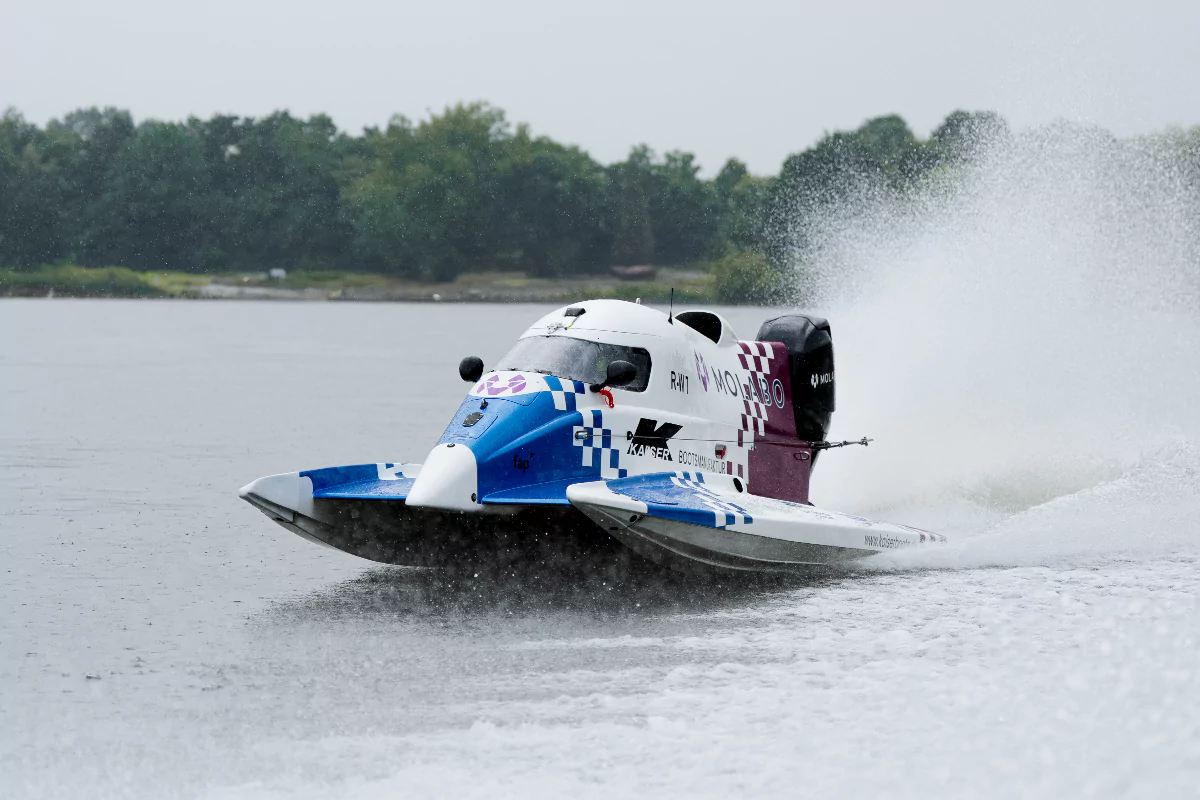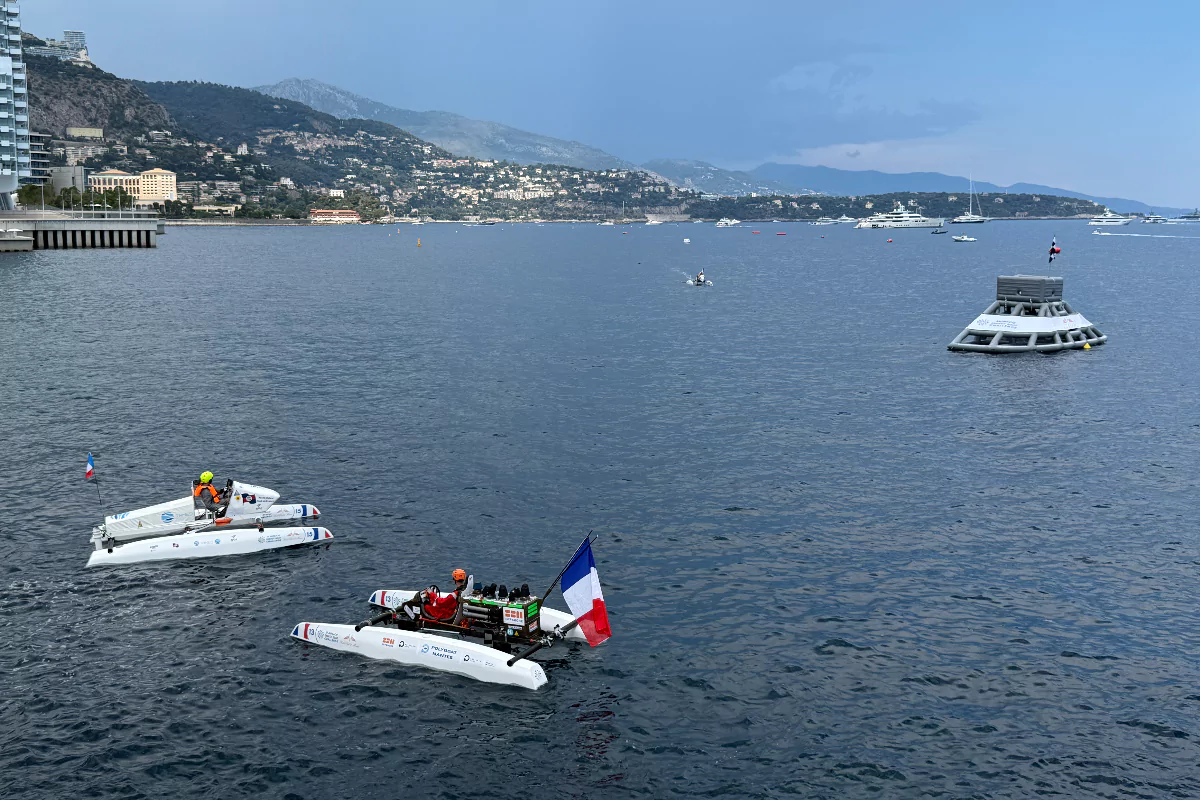Monaco’s marina has once again transformed into a testing ground for next-generation marine technologies, with the 12th Monaco Energy Boat Challenge. The event brought together innovators, researchers and young engineers from across the globe.
The three-day challenge, organised by Yacht Club de Monaco with support from the Prince Albert II Foundation, UBS, BMW and SBM Offshore, has attracted 42 teams from 20 countries, all focused on developing real-world solutions for cleaner yachting.
“There’s a feeling that the projects are of a maturity that we’ve not seen before,” Bernard d’Alessandri, General Director of Yacht Club de Monaco said. “Schools, universities and the industry are really committed. It’s an excellent sign for the sector and future of young people embarking on these career paths.”
Electric revolution transforms Formula 4 racing
Among the most striking innovations on display was a fully electric Formula 4 racing boat, the result of collaboration between Team Tech Out Racing, Molabo, Kaiser Bootsmanufaktur, and Protenergies. The project represents a shift for the traditionally noisy world of powerboat racing.
“Team Tech Out reached out to us. They are a Formula 4 racing team, and they wanted to electrify the boat because they saw that there was less attention in Formula 4 because it’s loud, and because there’s a lot of pollution,” explained Lena Honsberg, Molabo’s marketing manager, during an exclusive interview with Monaco Life.
The electric F4 boat, powered by Molabo’s ARIES 50 kW low-voltage drive system, offers revolutionary possibilities beyond clean propulsion. “One advantage of electric power is that there’s no pollution and no noise,” Honsberg noted. “But we can also reduce the power output, which makes it suitable for training younger drivers. Additionally, in racing, we can implement power reduction penalties for mistakes—something not easily done with traditional combustion engines.”
The boat features modular batteries totalling 12 kilowatt-hours across eight modules, each weighing approximately 10 kilograms. “You can easily take it out and just switch it, or charge it, so it’s very easy and handy,” Honsberg demonstrated, showcasing the practical advantages of the design.
A key breakthrough is the use of 48-volt “safe to touch” technology, eliminating dangerous high-voltage systems. “This motor is very special because it is the world’s most powerful electric drive at safe-to-touch voltages,” Honsberg said. “You don’t have any high voltage safety measures or qualified personnel to work on the boat if they need some adaption or to maintain or integrate it.”

Major technological developments
This year’s competition has revealed three major technological developments among teams in the Energy Class. Notably, 50% of teams have developed toroidal propellers, which not only boost efficiency but significantly reduce underwater noice.
Artificial intelligence integration in battery management systems has emerged as another game-changer, with teams using AI to optimise individual cell performance, maximising both power output and energy autonomy at sea.
Hydrogen solutions continue to advance, with once prototype featuring an internal hydrogen-powered combustion engine.
The competition culminates with the Prince Albert II of Monaco Foundation Sustainable Yachting Technology Award worth €25,000. It will recognise the team with the most significant quantifiable impact in energy efficiency and emissions reduction.
Stay updated with Monaco Life: sign up for our free newsletter, catch our podcast on Spotify, and follow us across Facebook, Instagram, LinkedIn, and Tik Tok.
Main photo credit: Monaco Life.
